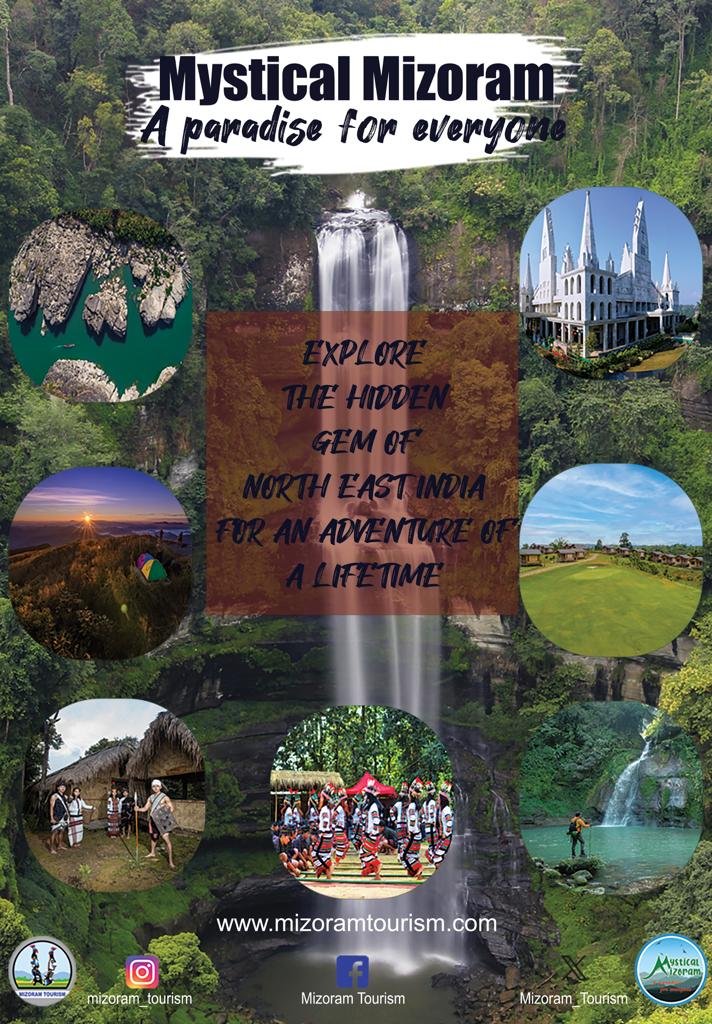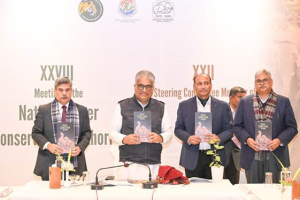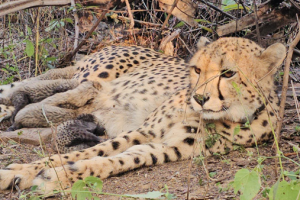
BY DR. RAVINDER PALL SAINI
INDIAN FOREST SERVICE ( RETIRED)
MEMBER, BOARD OF ADMINISTRATION
FOREST RESEARCH UNIVERSITY
DEHRADUN.
DEHRADUN, 22 SEPTEMBER 2024:

We cannot call ourselves humans if we cannot save the innocent rhinoceroses. World Rhino Day is important because it raises awareness about the critical need to protect rhinos from poaching and habitat loss. It also promotes conservation efforts like Project Rhino in India.
A rhinoceros, commonly abbreviated to rhino, is one of any five extant species of odd-toed ungulates in the family Rhinocerotidae, as well as any of the numerous extinct species therein. Two of the extant species are native to Africa, and three to Southern Asia.
“The only way to save a rhinoceros is to save the environment in which it lives, because there’s a mutual dependency between it and millions of other species of both animals and plants.” ~~~~~~~David Attenborough.
History:
World Rhino Day celebrates Rhinoceroses and generates awareness of issues regarding their well-being. In recent years, rhinos have been threatened by poaching, urbanization, and pollution, which have left certain rhino species on the brink of extinction while leaving other species severely endangered.
World Rhino Day was first planned by World Wildlife Fund-South Africa in 2010. Then, in 2011, Lisa Jane Campbell of Zimbabwe and Rhishja Larson joined forces to promote World Rhino Day 2011. Since then, September 22nd has been celebrated annually by governments, animal rights organizations and animal enthusiasts as World Rhino Day.

Five Rhino Species Forever – Let’s endeavour to conserve all the FIVE Magnificent. It is an irrevocability to take lives of rhino into utmost concern. It matters a lot for our ecology. There are ONLY 5 species of rhinos which survive on earth now. Each of them has its own distinctive ways of conforming to the habitat wherein they inhabit.
The aftereffects of ruthless deforestation, developing industrialization and related human upliftment activities, the rhino life is under severe threat. It is now imperative for maintaining the balance of the existing ecology. It is inescapable to protect the rhino life for future by present conservation efforts.

Some Worldwide Rhino Facts:
There are all five species of rhino: black, white, greater one-horned rhinos, Javan and Sumatran. All Rhinoceros are herbivores, meaning that they only consume plants, and lots of them.
The Black, Javan and Sumatran Rhinoceros species are all listed as Critically Endangered, meaning that they have a 50% change of extinction within 3 generations.
In 1960, there were more than 2,000 northern white rhinos in Africa. Today, there are only 2 of them remaining. The last male of the subspecies, Sudan, died March 19, 2018. He was the father and grandfather of the two remaining ones, both of which are females held in captivity in Kenya with round-the-clock armed security against poaching.

The white rhino is the second largest land mammal on Earth after the elephant.
RHINO: Thick Skinned, Alert, And Always Ready To Charge.
The Five Surviving Species of Rhino Descriptions:
- WHITE RHINO:
Ceratotherium simum: Africa’s largest species of rhino, also known as the ‘square- Lipped’ rhino. There are two subspecies of the white rhinoceros, the southern white rhino (C. simum simum) and the northern white rhino (C. simum cottoni), which is considered extinct in the wild.

Distribution: South Africa, Namibia, Botswana, Zimbabwe, Zambia, Kenya, Uganda.
IUCN Status: Near Threatened
Population: 15,942, approximately.
Habitat: Grassland and savanna
Weight: 1,800kg to 2,700kg
- BLACK RHINO:
Diceros bicornis: About two thirds the size of the white rhino, the black rhino is also known as the ‘hook lipped’ rhino.
Distribution: South Africa, Namibia, Zimbabwe, Tanzania, Kenya.
IUCN Status: Critically endangered
Population: 6,195, approximately.
Habitat: Tropical grassland, Shrublands, deserts
Weight: 900kg to 1,400kg
- GREATER ONE HORNED RHINO:
Rhinoceros unicornis. Asia’s largest species of rhino, also known as the Indian rhino.
Distribution: India, Nepal.
IUCN Status: Vulnerable
Population: 4,014, approximately.
Habitat: Tropical grassland, shrub lands, savanna
Weight: 1,800kg to 2,700kg
- SUMATRAN RHINO:
Dicerorhinus sumatrensis. Closest living relative to the woolly rhinos. Only species to still be covered in hair.
Distribution: Sumatra, Sabah.
IUCN Status: Critically Endangered
Population: 34 to 47, approximately.
Habitat: Tropical and subtropical forests
Weight: 550kg to 1,000kg
- JAVAN RHINO:
Rhinoceros sondaicus.
Distribution: Sumatra, Sabah.
IUCN Status: Critically Endangered
Population: 76, approximately.
Habitat: Tropical and subtropical forests
Weight: 900kg to 2,300kg

The Indian Rhino Saga:
The Indian rhinoceros, or greater one-horned rhinoceros, (Rhinoceros unicornis) has a single horn 20 to 60 cm long. It is nearly as large as the African white rhino. Its thick, silver-brown skin folds into the shoulder, back, and rump, giving it an armoured appearance. Its upper legs and shoulders are covered in wart-like bumps, and it has very little body hair. Grown males are larger than females in the wild, weighing from 2,500–3,200 kg. Shoulder height is 1.75–2.0 m. Females weigh about 1,900 kg and are 3–4 m long. The record-sized specimen was approximately 4,000 kg.

It is the flagship Species of Northern Bengal Landscape spreading across, Jaldapara National Park, Gorumara and Chapramari Wildlife Sanctuaries. However, the major presence is in Assam with prominence in Kaziranga National Park of Assam, followed by Manas Tiger Reserve and Pobitra Wildlife Sanctuary. Species also present significantly in Dudhwa National Park in Uttar Pradesh.
“The rhino is now more or less extinct, and it’s not because of global warming or shrinking habitats. It’s because of Beyoncé’s handbags.” ~~~~~~~~ Steven Patrick Morrissey, British singer.
Pics a compilation of field visits to Jaldapara, Gorumara National Parks and Chapramari Wildlife Sanctuary. Also, from Alzu and Kruger in South Africa, trip. Pics and some facts of Javan and Sumatran courtesy @helpingrhinos.org

Advertisement:






























Add Comment